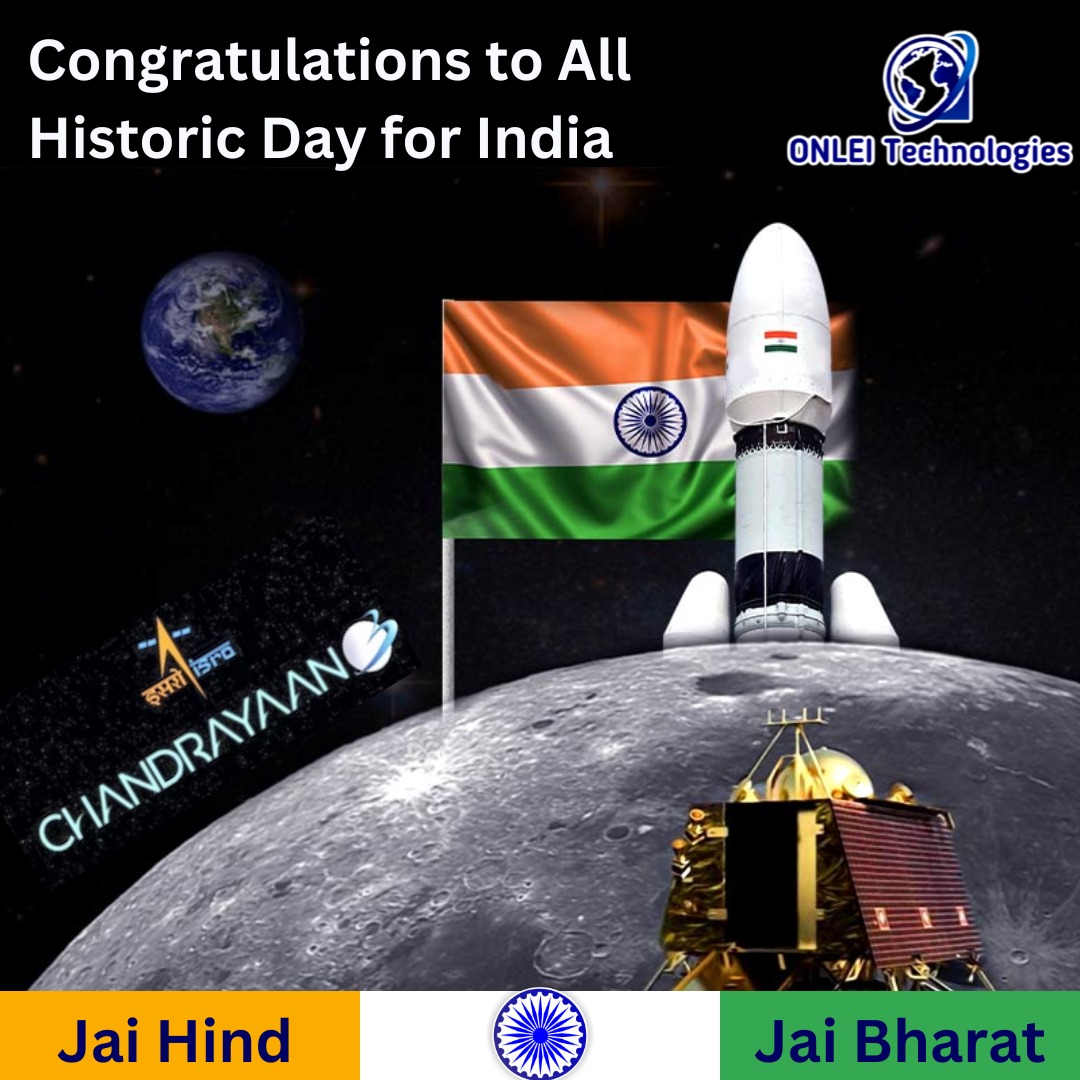Chandrayaan 3 Landing Live updates: Indian Space Research Organisation’s Chandrayaan-3 moon mission successfully soft-landed today at 6.04 PM. India scripted history by becoming the first nation to land the Indian Space Research Organisation’s Chandrayaan-3 spacecraft on the Moon’s south pole, days after a Russian probe Luna-25 crashed in the same region.

Chandrayaan 3 LIVE | PM Modi gives speech after successful landing from South Africa
Upon the safe and successful landing of Chandrayaan-3 on the Moon’s south polar region, Prime Minister Narendra Modi addressed the nation via video conferencing all the way from South Africa. The PM is in the African nation on an official visit to the 15th BRICS Summit.
This is the four phases that happened during the “15 minutes of terror” at the end of the mission before Chandrayaan-3 successfully soft landed on the Moon:
- Rough braking phase: During this phase, the lander’s horizontal velocity reduced from around 6,000 kilometres per hour to near zero for a soft
- Attitude holding phase: At a height of around 7.43 kilometres above the lunar surface, the lander tilted from a horizontal to a vertical position while covering a distance of 3.48 kilometres.
- Fine breaking phase: This will last around 175 seconds during which time the lander will travel about 28.52 kilometres horizontally to the landing site while reducing the altitude by around 1 kilometre. Chandrayaan-2 lost control between the Attitude hold and fine-braking phases.
Chandrayaan-3 consists of an indigenous Lander module (LM), Propulsion module (PM) and a Rover with an objective of developing and demonstrating new technologies required for Inter planetary missions. The Lander will have the capability to soft land at a specified lunar site and deploy the Rover which will carry out in-situ chemical analysis of the lunar surface during the course of its mobility. The Lander and the Rover have scientific payloads to carry out experiments on the lunar surface. The main function of PM is to carry the LM from launch vehicle injection till final lunar 100 km circular polar orbit and separate the LM from PM. Apart from this, the Propulsion Module also has one scientific payload as a value addition which will be operated post separation of Lander Module. The launcher identified for Chandrayaan-3 is LVM3 M4 which will place the integrated module in an Elliptic Parking Orbit (EPO) of size ~170 x 36500 km.

The mission objectives of Chandrayaan-3 are:
- To demonstrate Safe and Soft Landing on Lunar Surface
- To demonstrate Rover roving on the moon and
- To conduct in-situ scientific experiments.
What will Chandrayaan-3 do on the Moon?
A successful touchdown marked a huge achievement for ISRO, placing them in a small group of nations that have landed spacecraft on other worlds. Beyond this milestone, Chandrayaan-3 has technologies to demonstrate and science to perform.
Shortly after landing, one side panel of the Chandrayaan-3 lander will unfold, creating a ramp for the rover. The rover will emerge from the lander’s belly, drive down the ramp, and begin exploring the lunar environment.
The solar-powered lander and rover will have about two weeks to study their surroundings. They are not designed to survive the chilly lunar night. The rover can only communicate with the lander, which communicates directly with Earth. ISRO says the Chandrayaan-2 orbiter can also be used as a contingency communications relay.
Dr. Chrisphin Karthick, a scientist at the Indian Institute of Astrophysics, Bengaluru, expressed his elation. “The successful landing of Chandrayaan-3 is a testament to our collective progress towards space travel. It showcases the beauty of unity in diversity as we sail the cosmic seas together.”
Aakash Sinha, Professor of Practice at the Shiv Nadar Institution of Eminence, Delhi-NCR, and CEO of Omnipresent Robot Tech, hailed ISRO’s (Indian Space Research Organisation) feat as a “monumental achievement” that will inspire a new generation of aspiring scientists and explorers. “With this unparalleled accomplishment, India has etched its name in history by becoming the first country to land in this lunar region,” Mr. Sinha, who was involved in developing the software for the Pragyan rover of Chandrayaan-3.


































